When we think about German tanks of the Second World War, our minds (rather understandably) tend to immediately leap to the infamous ‘big cats’, or the workhorse Panzers III and IV, or even to the plethora of assault guns in the Sturmgeschutz lineage. If we consider the early-war armoured vehicles, then the diminutive Panzers I and II take centre stage, but this all overlooks the contributions of one of the most significant families of armoured fighting vehicles in German service – the mighty (okay, that might be over-egging it a touch!) Panzerkampfwagen 38(t) and its derivatives!
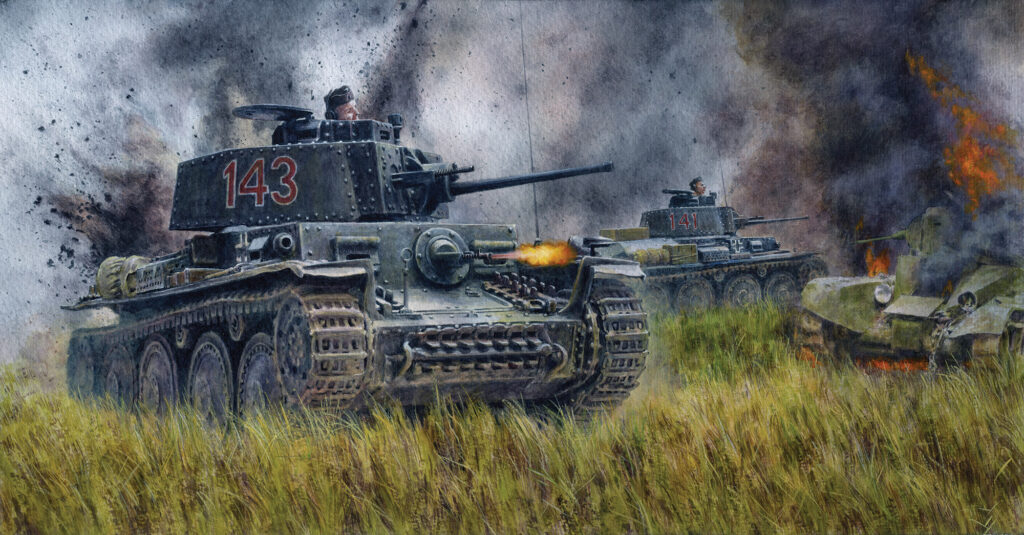
Panzer 38(t)
Developed in the 1930s in Czechoslovakia as the LT vz. 38, but not in service by the time of the German occupation of the country in early 1939, and redesignated by the Wehrmacht as the Panzer 38(t) (with ‘t’ standing for tschechisch, German for ‘Czechoslovakian’), the Panzer 38(t) was by early-war standards an excellent light tank, and certainly far more capable than the initial German Panzers I and II. Possessing reasonable armour of traditional pre-war riveted design, good mobility, excellent mechanical reliability, and a 37mm main gun that was considered thoroughly acceptable for dealing with contemporary tanks (albeit unable to frontally penetrate the armour of heavier vehicles of the era), 38(t)s would be taken into German service in significant numbers, with the production lines continuing to roll into 1942.
Serving in large numbers during the invasion of Poland and the subsequent German advance across Europe and into France, the Panzer 38(t) was used essentially as a stopgap replacement for the Panzer III in the anti-tank role, while production of these more advanced vehicles was ramped up. In this capacity, it would soldier on into the Soviet Union during Operation Barbarossa with both German and Hungarian forces, making it a perfect candidate as your tank of choice for a Stalingrad or Case Blue theatre selector, but by this point was completely obsolete and outclassed by heavier and newer Soviet vehicles. Panzer 38(t)s would continue in second-line service and with Germany’s other European allies in small quantities throughout the remainder of the war, as well as a few converted to reconnaissance tanks with a 2cm autocannon in the turret, but their combat heyday was firmly in the opening stages of the war – the perfect excuse to break out those Blitzkrieg infantry!
With the ‘classic’ early-war light tank stats of a light AT gun and 8+ armour for 135 points at Regular, it’s a great budget option for a Blitzkrieg-era force, particularly if you’re only expecting light enemy armour. Alternatively, for only 105 points at Regular you can have the autocannon-armed reconnaissance model, which I rate as an absolutely fantastic choice, especially if you’ve got a whacking great Flak 88 in your army (and why wouldn’t you?) to deal with enemy tanks!
Panzer 38(t) Derivatives
While technological developments rapidly rendered the baseline Panzer 38(t) obsolete, they were mechanically excellent vehicles, being a well-matured design with a great reputation for reliability and ease of maintenance, as well as having a fully developed production line in occupied Czechoslovakia. This made the chassis and running gear the perfect donor for a variety of vehicles which would go on to serve long after the original tank had been phased out, meaning that no matter what era of Bolt Action you like to play, you can get some Czechoslovakian goodness into your German force!
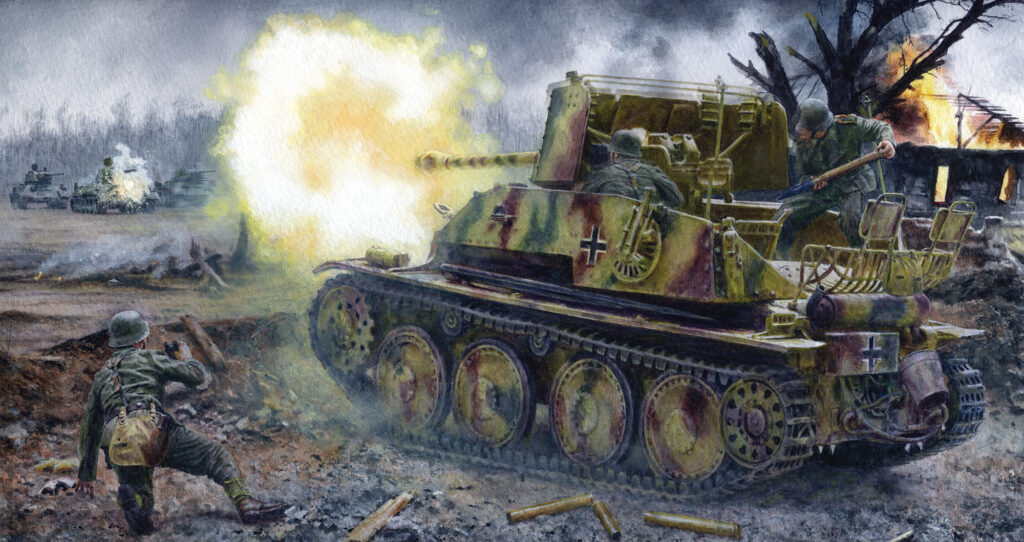
The earliest major conversion of the Panzer 38(t) was the Marder III tank destroyer, which married the proven chassis and running gear to an open casemate structure mounting either a captured Soviet 76mm or German 75mm PaK 40 anti-tank gun, creating a well-armed if somewhat vulnerable Panzerjäger that served from 1942 until the war’s end. Packing a heavy AT gun on a 7+ DV, open-topped hull, the Marder III is by no means the most durable vehicle on the table, but packs a serious punch, and for only 165 points at Regular can often punch far above its weight if well-used. Based on the same fantastic plastic kit as our basic Panzer 38(t) (seriously, this family of kits are some of the most fun model tanks to assemble that I’ve ever worked on, and I’ve built a lot of German tanks!), it’s a fantastic-looking model on the tabletop, and it’s always nice to have something a little bit ‘different’ in your force. For those of us who love the late-war action, we also have an awesomely detailed resin and metal kit for the later-model Marder III ausf. M – you can’t go wrong, no matter what year your force is tailored for!
The best-known of the Panzer 38(t) conversions was the Jagdpanzer 38(t) tank destroyer, commonly (and henceforth in this article!) known postwar as the Hetzer. This tiny but effective vehicle entered service in summer 1944, with Germany desperately building as many assault guns and tank destroyers as possible to counter the two-pronged Allied advance. Produced in great numbers on a slightly expanded Panzer 38(t) chassis, the Hetzer mounted a 75mm gun in a fully enclosed casemate, granting far greater protection over the Marders it succeeded. A compact, capable machine, it would go on to be modified into a number of sub-variants, including a version replacing the main gun with a flamethrower, and an open-topped reconnaissance/anti-aircraft vehicle, although the end of the war precluded large-scale production of these – that doesn’t stop us including the parts to build them in our plastic Hetzer kit, however! On the tabletop, the ‘basic’ Hetzer pairs a heavy AT gun with a 9+ damage value (albeit with the Weak Sides rule) for 210 points at Regular, giving you excellent tank-killing power without eating up too many of your points. For the pyromaniacs among us, the Flamm variant is a steal at 150 points (provided the fuel doesn’t ignite when it takes a hit!), while the Flakpanzer 38(t) rules nicely represent the recce model, giving you a 100-point, 8+ damage value light autocannon carrier to cause plenty of headaches for enemy infantry, aircraft, and light vehicles alike!
Whether you’re going early with the original Panzer 38(t), mid-war with the Marder III, or right to the bitter end with the Hetzer, we’ve got you covered with three brilliant plastic kits. For Tank War enthusiasts, or gamers wanting some variety (or quantity!), there’s also the money-saving Zug boxed sets for all the Panzer 38(t) and the Jagdpanzer 38(t) Hetzer, giving you a trio of vehicles at a fantastic price – perfect for expanding your motor pool!
There’s no German army that can’t make use of at least one of the Panzer 38(t) family – Czech them out on our webstore today!
Other articles in the Forces of Fame Series:
Bolt Action – The Tiger I; Princess Elizabeth (Jubilee Special); Japanese Special Naval Landing Force; M18 Hellcat; Centurion Mk III; British Airborne; M4A3E8 Sherman ‘Easy Eight’; German Fallshirmjäger; FlaK 88; Panzer IV (Early War); Matilda II; T-34/76;
Blood Red Skies – Messerschmitt Bf 110; Ki-43 II ‘Oscar’; Grumman F9F Panther; Vought F4U Corsair;
Victory at Sea – The Bismarck; Fletcher-Class Destroyers; Kongō; Yamato-class Battleships;
Pike & Shotte (& Pike & Shotte Epic Battles) – Cuirassiers; Polish Winged Hussars; Dragoons;
Black Powder (& Black Powder Epic Battles) – The Iron Brigade; 95th Rifles; Zulus;
Black Seas – HMS Victory;
Hail Caesar / SPQR – Dacian Falxmen; Hoplites;
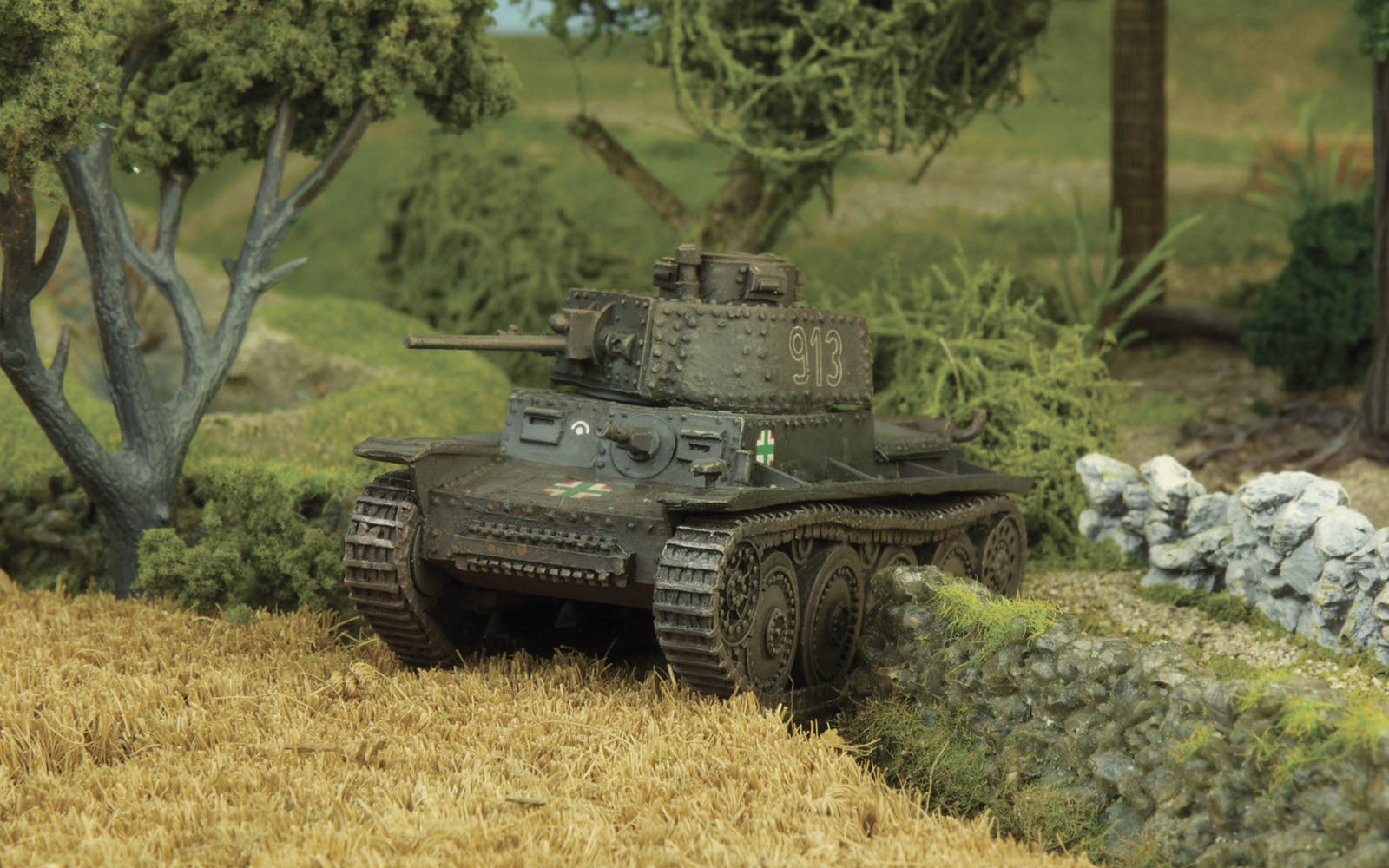
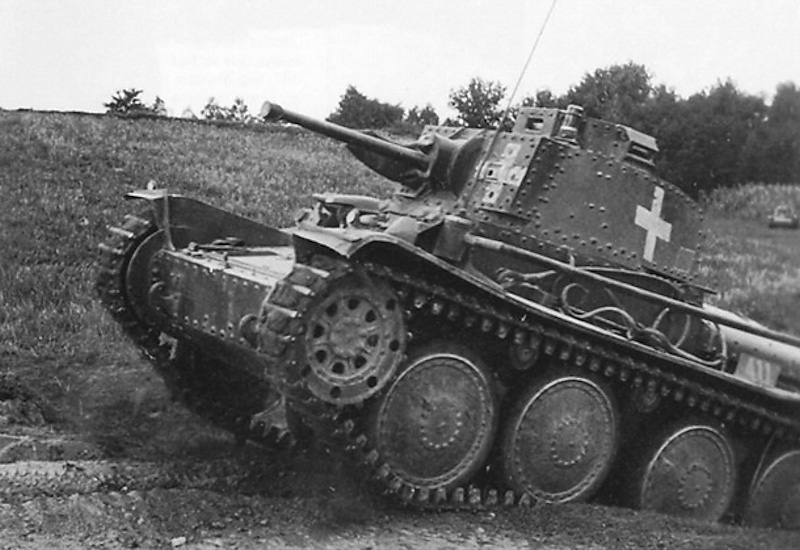
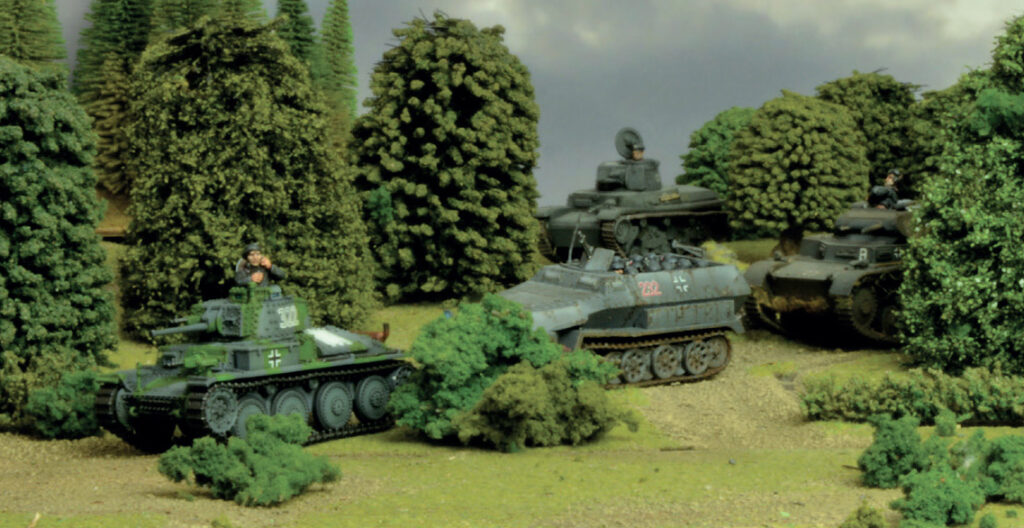
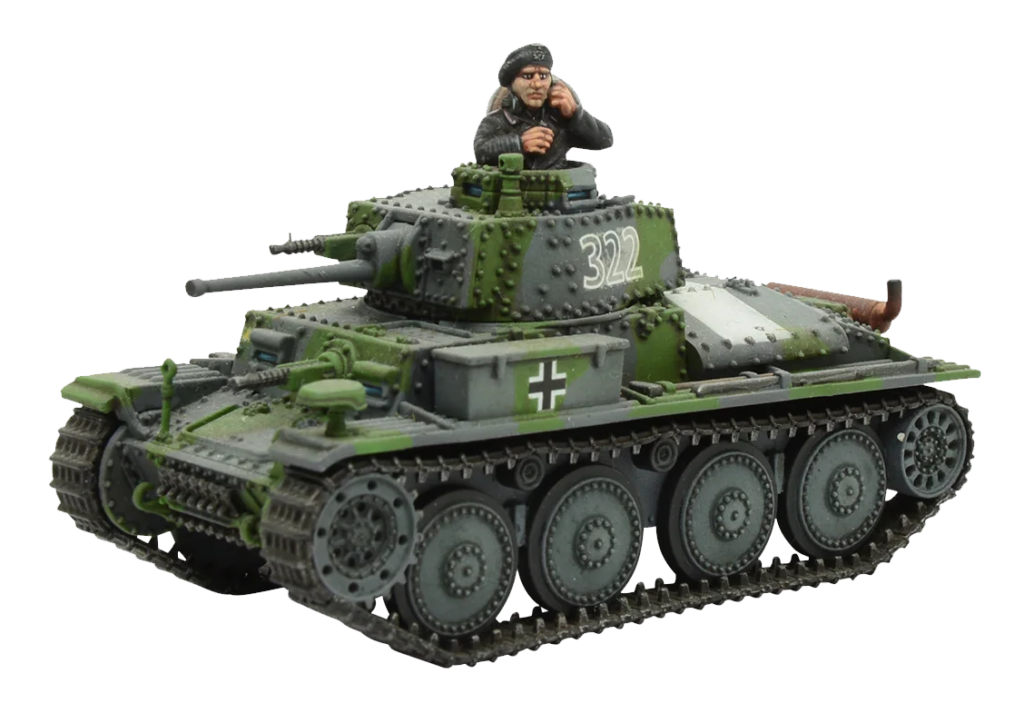
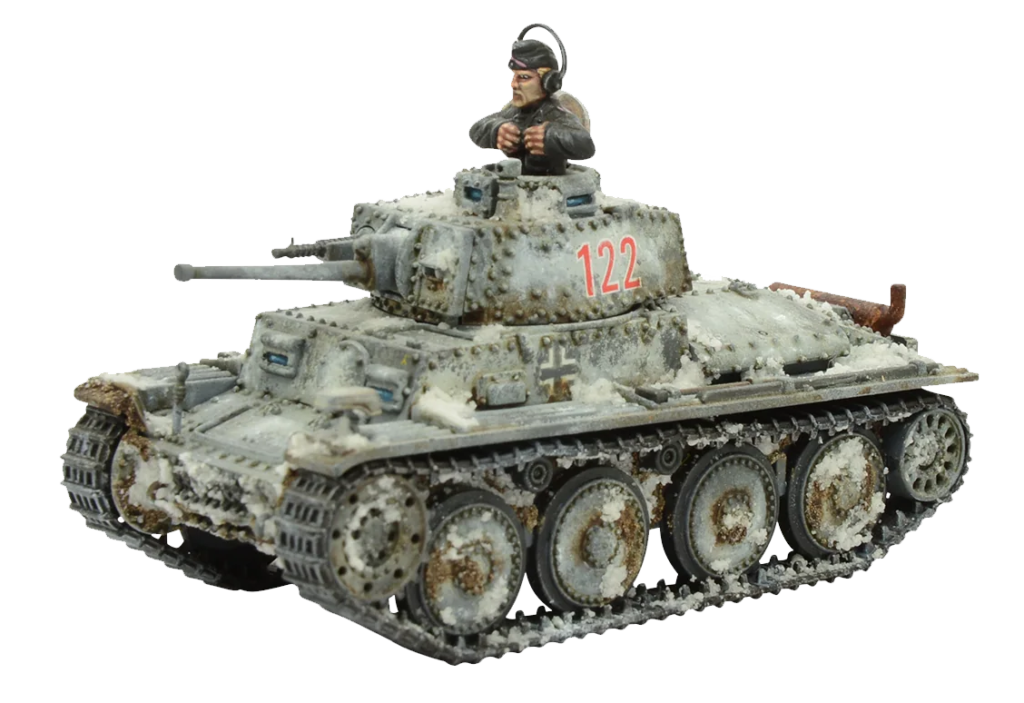
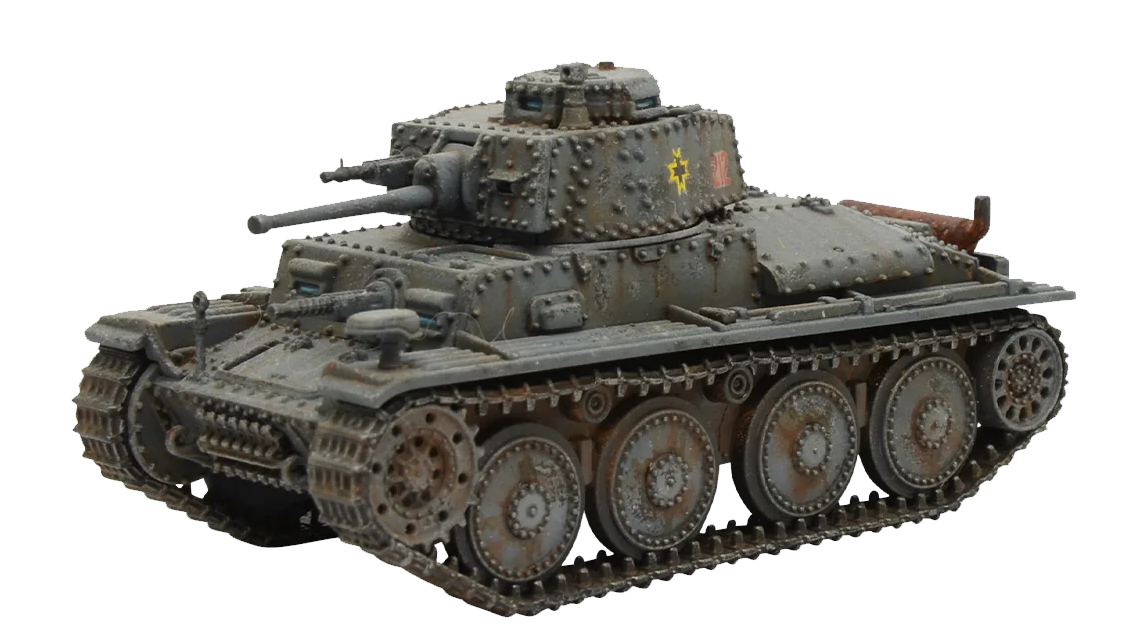
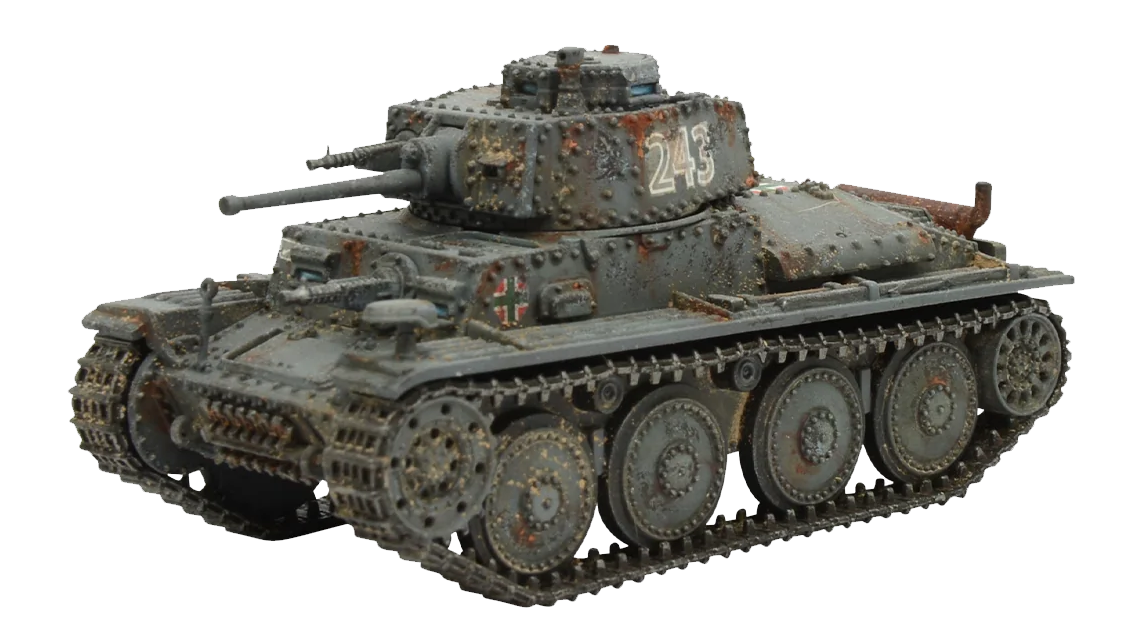
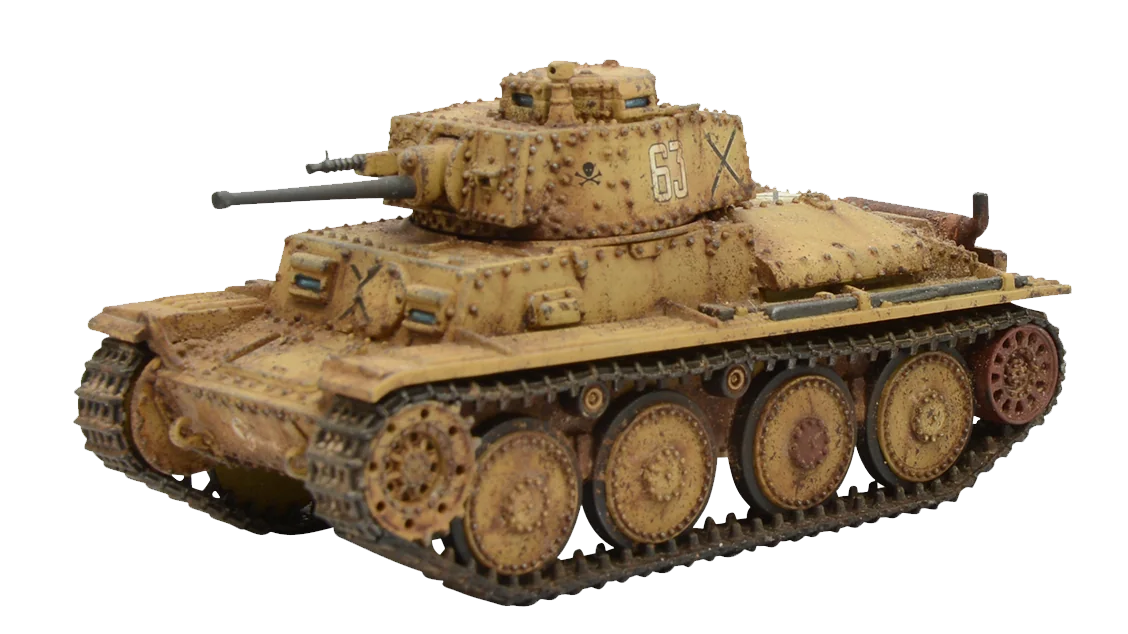
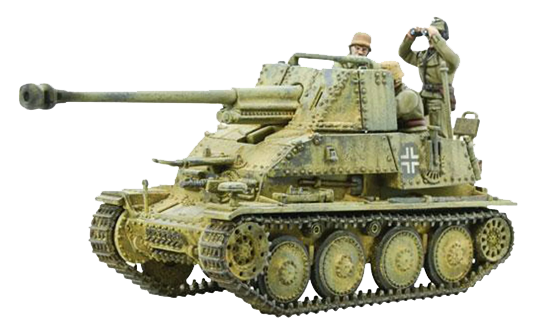
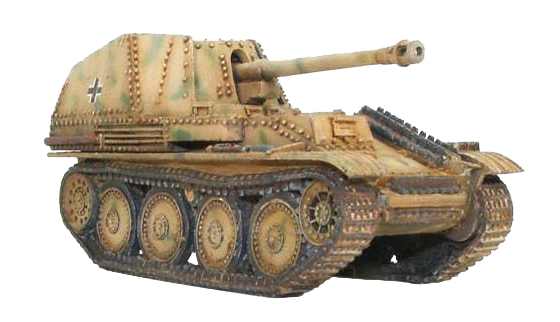
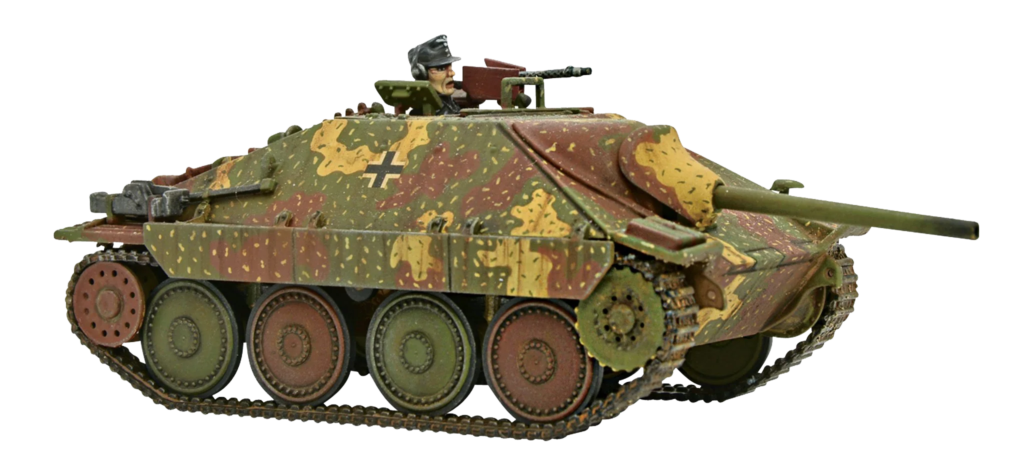
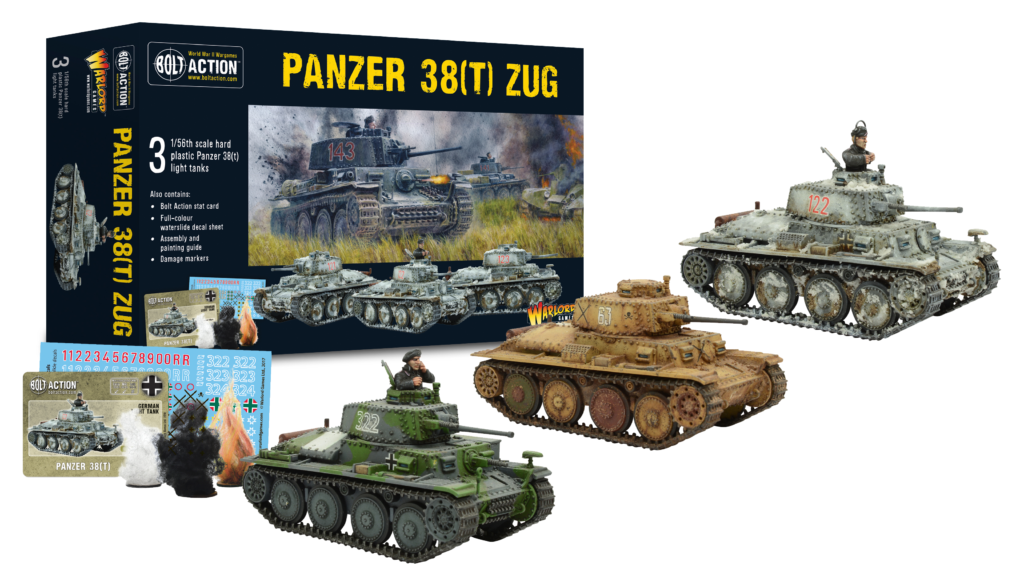
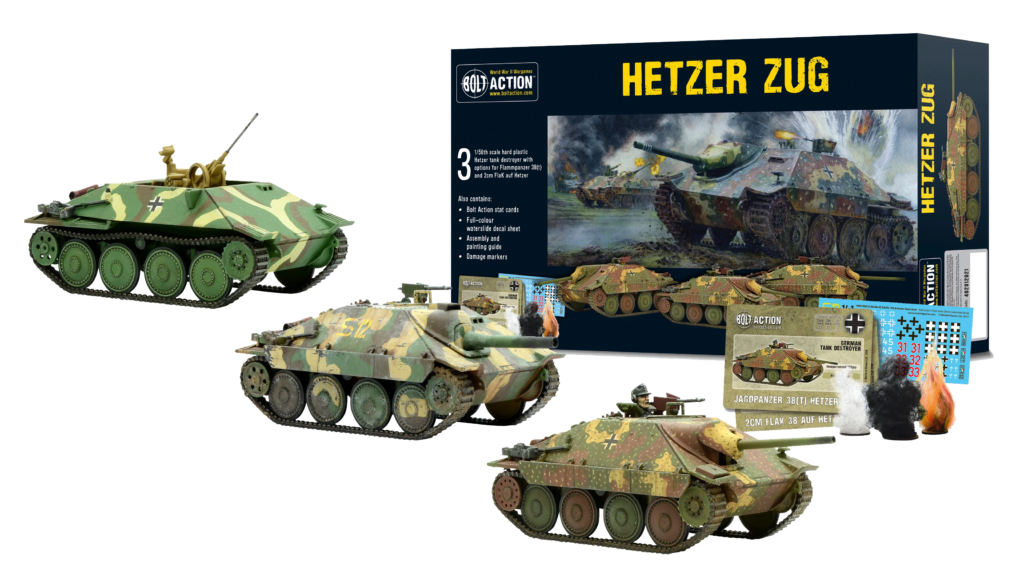
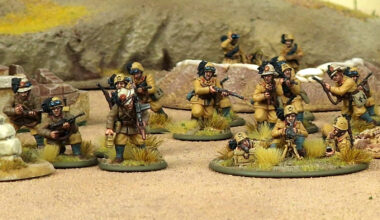
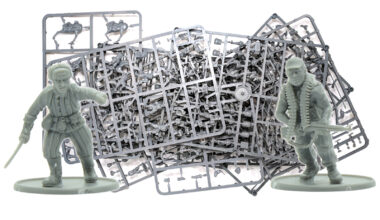
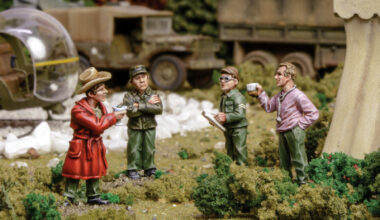
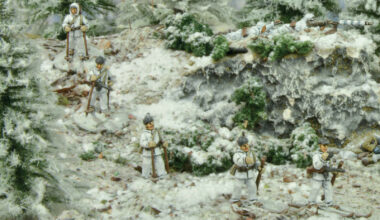

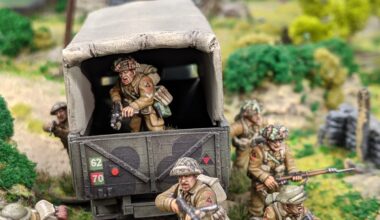
2 comments
I love this tank alot I use captured one for my 8 army desert rats and painted it similar to the matilda paint job of tan and gray strips
Hahaha Czech them out. Great article and inspiring me to purchase a zug of Pz38t, thanks Marcus!
Comments are closed.